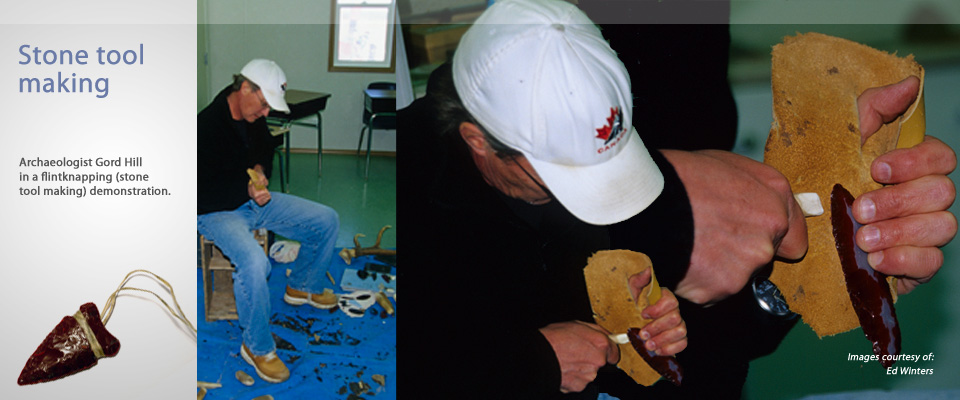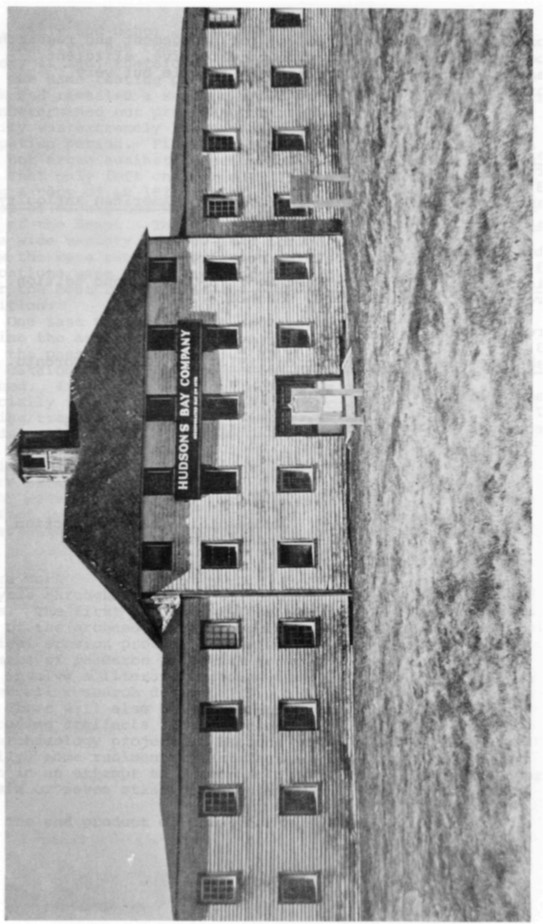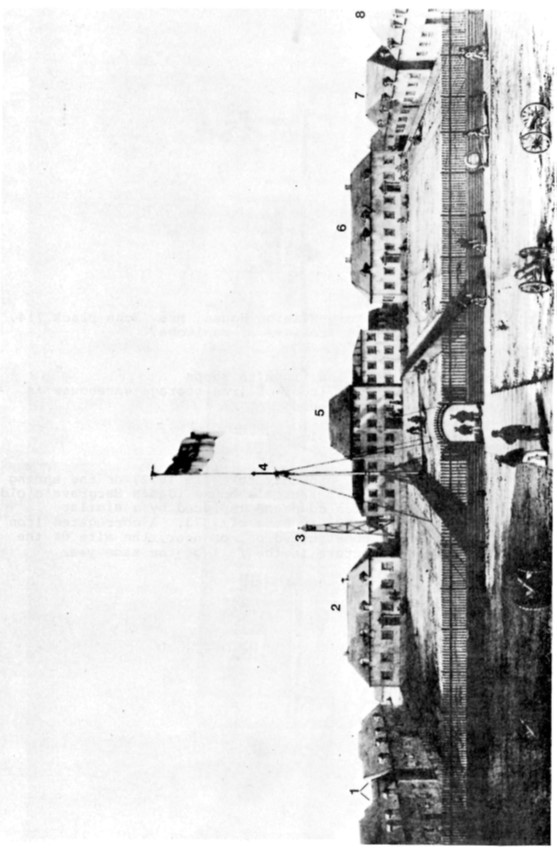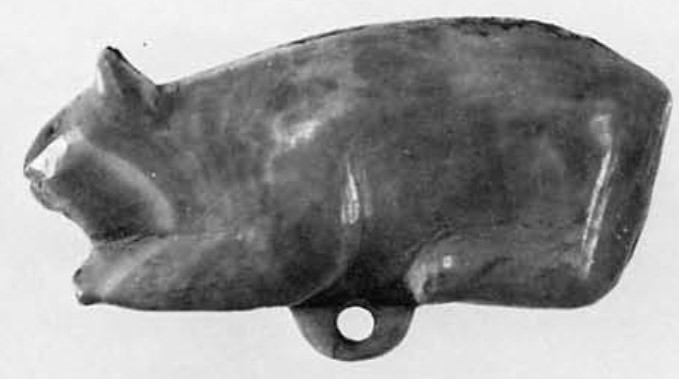York Factory Archaeological Investigations
|
York Factory is one of the most important, and remote, historic sites in not only Manitoba, but all of Canada. It is situated on the banks of the Hayes River at the entrance to Hudson’s Bay, 250 km southeast of the town of Churchill. While it is uninhabited now, it was a crucial Hudson’s Bay Company trading post serving as a manufacturing, transshipment, and administrative centre. A decade after the Hudson’s Bay Company established the original York Factory called York Fort in 1684, tensions between Great Britain and France ensued. After changing hands a few times, York Factory returned permanently to Great Britain and the Hudson’s Bay Company with the signing of the Treaty of Utrecht in 1713. The Cree of the area around York Factory, today known as the York Factory First Nation, provisioned York Factory with furs and other goods. Many were also employed by the Hudson’s Bay Company along with Europeans. In addition to being a vital hub for the Hudson’s Bay Company, York Factory was the principal entry point to Western Canada for European immigrants from 1812 to the late 1850s. From 1850 onwards, York Factory’s importance declined. The Hudson’s Bay Company ceased operations there in 1957 and the York Factory First Nation was unwillingly relocated to York Landing. The Hudson’s Bay Company transferred the ownership of York Factory to the Government of Canada in 1968, and it is operated as a Parks Canada national historic site. |
|
|
The Depot during the first archaeological investigation at York Factory in 1978 (from Adams 1979).
|
Various buildings at York Factory in 1853. Number 5 is the Depot. Photograph from Rupert’s Land Collection 13, Provincial Archives of Manitoba. |
|
There have been three “York Factories” over the 273 years it was in operation. York Fort or York Factory I (1684-1715), in addition to York Factory II (1715-1788), have not been found by archaeological testing as they have been consumed by riverbank erosion. Therefore, all archaeological research focuses on York Factory III (1788-1957). It was a bustling hub of activity at its heyday in the 19th century, composed of over 50 buildings. It had a blacksmith shop, a cooperage, an Anglican church, a doctor’s house, and a library. A cemetery, two ruined structures, two buildings including the well-known Depot, and much archaeological evidence remain today. Like its predecessors, York Factory III is also gradually succumbing to the threat of erosion and Parks Canada sent a crew in the summer of 1978 to conduct the site’s first archaeological investigation. The goal was “to examine and appraise the various York Factory sites and to test their potential for future excavation” (Adams 1979:1). York Factory III had a wealth of artefacts, therefore a subsequent five-year research program was approved. Over the course of these early years of archaeological work at York Factory, portions of nine structures were partially exposed. These include a cabin, the dog meat house, the icehouse, and the boat builder’s house. Thirty-five features were also found, such as palisades, ovens, and some “enigmatic” unidentified features (Adams 1983:2). About 185,000 artefacts were collected at this time. Archaeological work at York Factory is ongoing with the artefact count at more than 300,000 today. Some of the artefacts recovered include cast-iron pots, parts of Carron stoves, parts of coarse woolen cloth, parts of wooden barrels, and glass bottles. |
|
| Remarkably, artwork has also been found at York Factory. Thousands of individual beads and even a few beadwork fragments have been recovered. One of these fragments found in a cabin appears to be from a moccasin vamp. Even utilitarian items demonstrate “the handiwork of the tradesmen who worked in that isolated outpost” (Adams 1982:41), such as decorated metal door handles and wooden bannisters. A small, painted wooden bowl with hand-cut designs was also collected. Other art finds include a birchbark fragment with images etched into it that was recovered from an eroding riverbank and a carved animal figurine made of ivory that was found inside the dog meat house. |
A carved ivory animal figurine that was found during archaeological excavation in the dog meat house (Adams 1982). |
| Inside the Depot, an archaeologist was astonished to come across wooden panels with painted murals that had been repurposed as shelving. They were made in the late 18th century by an unknown artist who used materials that were available in the area. The panels depict everyday scenes: a hunter shooting geese, a man and a woman at tea, and a dance with fiddlers providing the music. Adams speculates these panels are “caricatures of persons and events” (1982:42) as they were later turned into shelving, possibly due to someone being offended. Ironically, the panels’ subsequent use as shelving inside the Depot is likely why they were preserved. | |
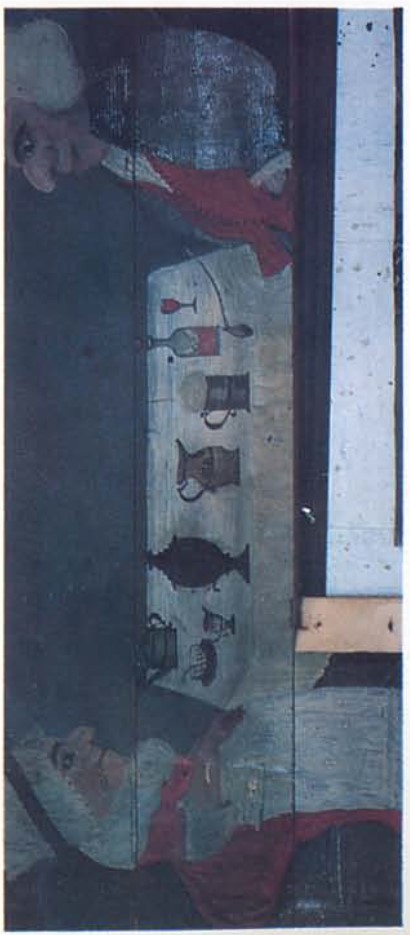 |
|
| York Factory is incredibly significant as it has a wealth of information about the fur trade era. While other forts have underdone substantial subsequent developments, York Factory has experienced little of that and leaves behind an extensive archaeological record. Since York Factory was a vital hub for the Hudson’s Bay Company, the historical record is also plentiful. These diverse sources work together to understand not only York Factory, but a crucial epoch in Canadian history. | |
References Cited
Adams, Gary F.
1979 End of season report: York Factory National Historic Site. Parks Canada
Research Bulletin Series 114.
Adams, Gary F.
1982 Art and Archaeology at York Factory. The Beaver Summer 1982: 38-42.
Adams, Gary F.
1983 York Factory Archaeology 1983. Parks Canada Research Bulletin Series 216.
Canada’s Historic Places
2021 York Factory National Historic Site of Canada. Webpage, https://www.historicplaces.ca/en/rep-reg/place-lieu.aspx?id=4481, accessed December 28, 2021.
Donaldson, Bruce F.
1981 York Factory: A Land-Use History. Parks Canada Manuscript Report Series 444.
Kiinawin Kawindomowin Story Nations
2021 York Factory. Webpage, https://storynations.utoronto.ca/index.php/york-factory/, accessed December 30, 2021.
Parks Canada
2021 York Factory National Historic Site: Art works. Webpage, https://www.pc.gc.ca/en/lhn-nhs/mb/yorkfactory/decouvrir-discover/art, accessed December 28, 2021.
Parks Canada
2021 York Factory National Historic Site: Commemorative Intent Statement. Webpage, https://www.pc.gc.ca/en/lhn-nhs/mb/yorkfactory/decouvrir-discover/commemoration, accessed December 28, 2021.
Parks Canada
2021 York Factory National Historic Site: Human history. Webpage, https://www.pc.gc.ca/en/lhn-nhs/mb/yorkfactory/decouvrir-discover/histoire-history, accessed December 28, 2021.
Travel Manitoba
2021 7 Wonders of Manitoba Episode 6: York Factory. YouTube video, January 17, 2021. https://www.youtube.com/watch?v=j3AxnRMzF3g

